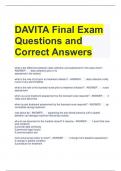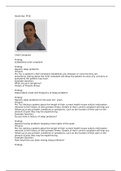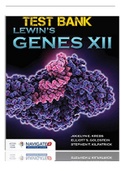Samenvatting
Project management unravelled (Samenvatting)
- Instelling
- Hogeschool InHolland (InHolland)
Dit is een samenvatting voor het vak 'Projectmanagement'. In deze samenvatting vind je de benodigde illustraties, termen en uitleg om je tentamen te behalen! De samenvatting is volledig in het Engels (het boek is ook in het Engels). Alleen hoofdstuk 7 is in het Nederlands als bonus heb je nog een...
[Meer zien]














